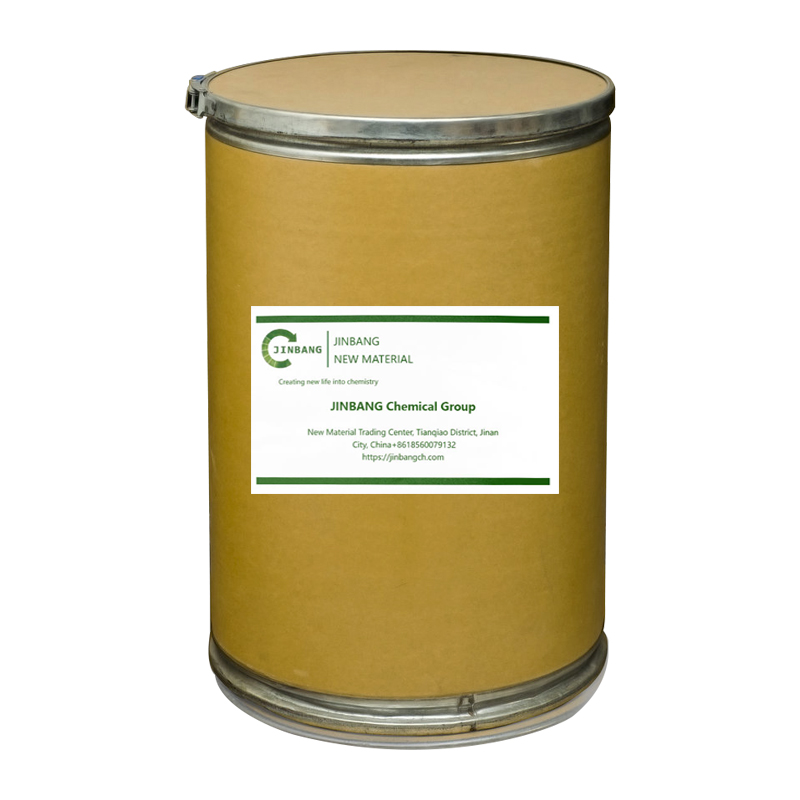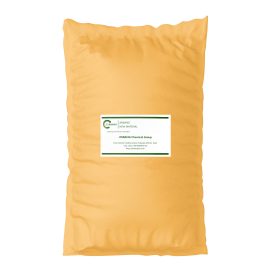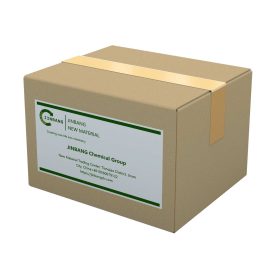Product Details
Chemical Name: Sodium tetraphenylboron
Synonyms:Sodium tetraphenylborate; Tetraphenylboron sodium
Molecular Structure:
Product Typical Properties
| Items | Specification |
| Appearance | White to off-white granule,
No foreign matter |
| Assay | ≥ 99% |
| Loss on drying at 105℃ | 0.43% |
| Water Solubility | Clear |
| Acetone Solubility | Clear |
| Methanol Solubility | Clear |
Function
Sodium tetraphenylboron used for amperometric titration of amines, quaternary ammonium compounds, and potassium; Used as a titrant for amines and NH4Cl in the presence of potassium selective electrodes; K. Pb, Cs, NH4, and alkaloid precipitation reagents; Obtaining stable and crystalline ChemicalbookN-amide salts through ion exchange; Coupling with trifluoromethanesulfonic acid vinyl ester or aryl ester to form aromatic olefins and biaryl compounds; Precipitation of silver, cesium, copper (I), potassium, ammonium, rubidium, and thallium (I); Used for gravimetric and titration determination of potassium; For measuring blood potassium
Product Usage
- Identification of potassium ions
Sodium tetraphenylboron is a cheap and sensitive reagent for detecting potassium. In neutral, alkaline, or acetic acid solutions, sodium tetraphenylboron quantitatively reacts with potassium ions to form a white precipitate of potassium tetraphenylboron that is insoluble in water: K++[B (C6H5) 4] – → K [B (C6H5) 4] ↓
The detection limit of the reaction is 1 μ g. The minimum concentration of potassium ions is 2 μ G/mL. Ammonium ions, rubidium ions, and cesium ions also generate similar precipitates. Generally, ammonium ions need to be removed by calcination in advance (due to the instability of ammonium salts, they are easily decomposed during calcination), while rubidium and cesium ions can also be removed by precipitation method in advance.
Another commonly used reagent for identifying potassium ions is sodium cobalt nitrite, which can form yellow crystalline precipitates with potassium ions. Its main interfering ion is also ammonium ions.
- Organic synthesis
In acetonitrile solution, sodium tetraphenylboron reacts with acyl chloride and tertiary amine, and sodium chloride precipitates to obtain N-acyl quaternary ammonium salt:
RC (O) Cl+R3’N+NaBPh4 → [RC (O) NR3 ‘] [BPh4]+NaCl
Sodium tetraphenylboron can serve as a phenyl donor and undergo cross coupling with trifluoromethanesulfonic acid vinyl ester or aryl ester under palladium catalysis, generating aryl olefins or biphenyl derivatives with high yield.
- Others
Sodium tetraphenylboron has a high solubility in non-polar solvents and is easy to crystallize, which can be used to prepare and separate some organic metal complexes.
Product Packaging
25KG/BAG
Product Storage
Please store in a dry, cool and dark place








Reviews
There are no reviews yet.